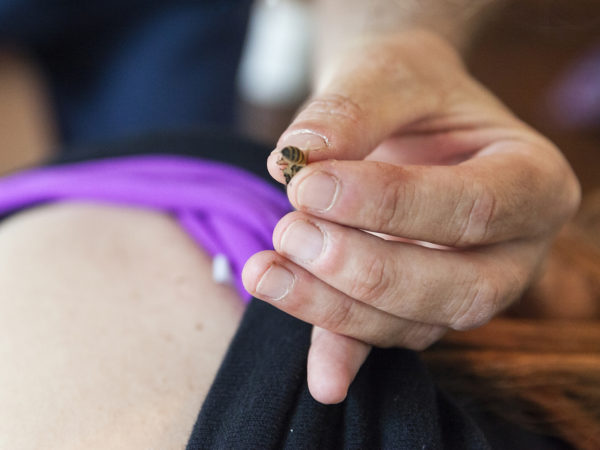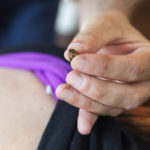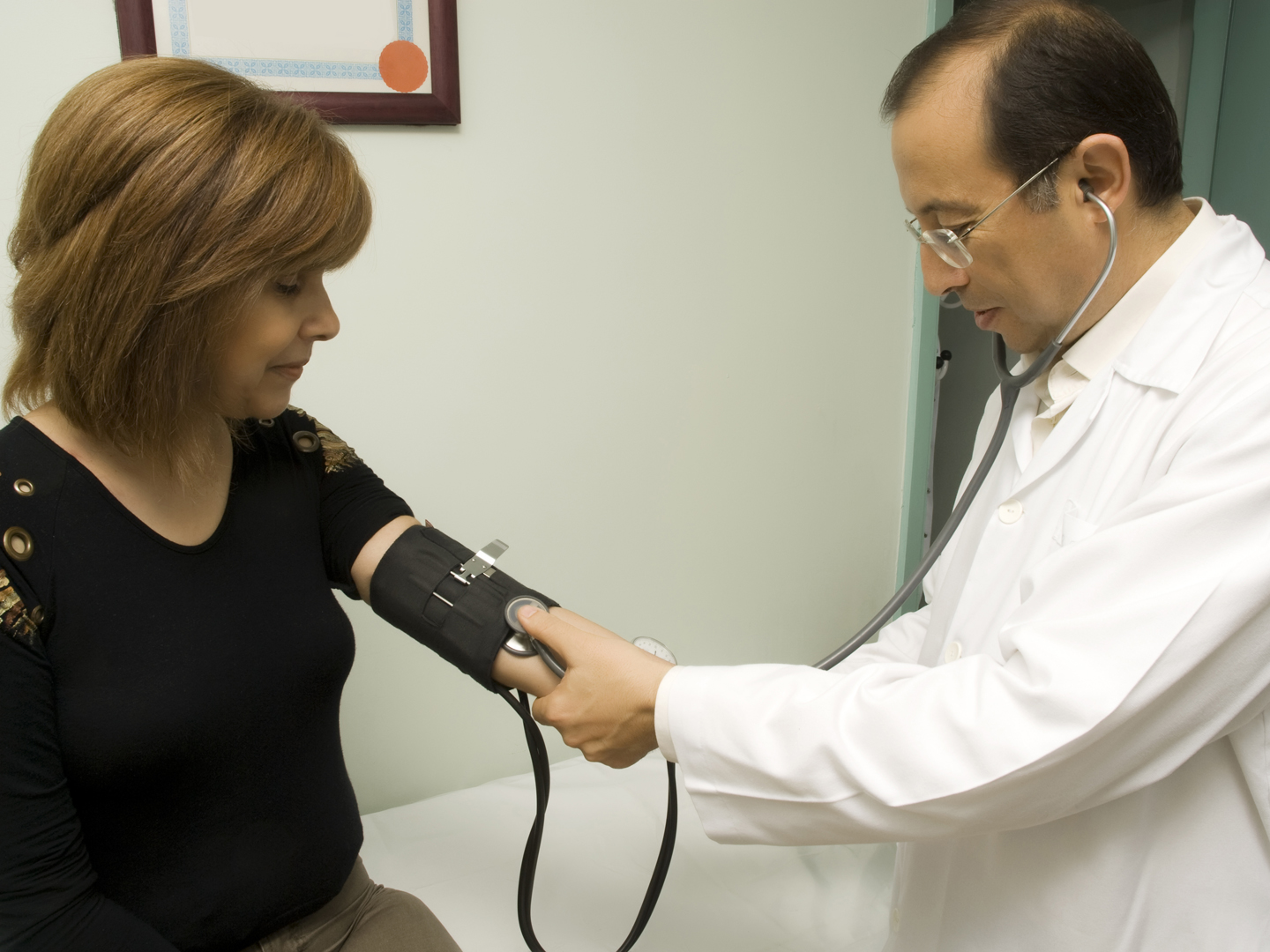Rheumatoid Arthritis

Rheumatoid arthritis is a much rarer disease than osteoarthritis, occurring in only one percent of the population. It is an auto-immune disease – a disease process where tissues that surround and cushion the joints are attacked by the body’s own immune system. As a result, the cartilage, bone and ligaments around the joint begin to deteriorate and form scar tissue. A healthy joint is surrounded by a joint capsule, which contains synovial fluid – a clear liquid that helps lubricate and nourish the cartilage and bone within the capsule. The synovium is the tissue that lines the joint capsule. In rheumatoid arthritis, the cells in the immune system attack the synovium, causing inflammation, redness, swelling and pain. As the disease progresses, the cells invade and destroy the surrounding cartilage and bone, weakening the muscles, tendons and ligaments that help support and stabilize the joint, causing pain, swelling, stiffness and a loss of function.
Rheumatoid arthritis affects the whole body, not just isolated joints. Women are affected almost three times as often as men. Rheumatoid arthritis typically occurs between the ages of 25 and 50, but it can strike at any age. Many people are able to control their symptoms with medications, but for some, the disease can be quite debilitating.
Causes and Symptoms
It is not clear why rheumatoid arthritis develops, but researchers believe genetics could play a role. It is often difficult to diagnose in its early stages. During a physical exam, doctors will look for inflammation in the joints, and observe muscle strength and reflexes. There is also a blood test that can check for the presence of rheumatoid factor, an antibody that is found in the bloodstream of people with rheumatoid arthritis. However, this test is not always accurate, particularly in the early stages of the disease. Another blood test, the erythrocyte sedimentation test is used to determine the extent of inflammation in the body. X-rays are frequently utilized to detect joint damage, although this is usually used in more advanced stages to monitor the disease.
Symptoms include:
- Swollen, warm, painful joints, particularly after awakening or after long periods of inactivity.
- Fatigue, occasional fever.
- Inflammation occurring in a symmetrical pattern – if one wrist is involved the other will be also.
- Typically, the small joints in the hands, fingers, feet, toes, wrists, elbows and ankles will be affected first.
- Other affected joints may include the knees, shoulders and hips.
- Some may develop hard bumps (nodules) under the skin near the affected areas.
- As the disease progresses, the joints will become deformed and may freeze in one position, making it difficult to move them.
The symptoms vary quite a bit from person to person. Some may have symptoms that last only a few months and then disappear; others may have a moderate form of rheumatoid arthritis where symptoms come and go. Finally, there are those who develop a severe form of the disease where it is active most of the time, and eventually leads to joint damage and debilitation.
Suggested Lifestyle Changes
Lifestyle changes can effectively moderate autoimmunity, and additional strategies can assist in managing the symptoms of rheumatoid arthritis, contributing positively to overall health and supporting healthy aging. Try the following recommendations:
- Get regular aerobic exercise (swimming is best for those with rheumatoid arthritis).
- Practice relaxation techniques. In addition, visualization can help moderate autoimmune responses and psychotherapy can help you change emotional states that keep the immune system off balance.
- Try hypnotherapy or guided imagery. Look for a therapist willing to take on an autoimmune disease. Meditation and yoga can help, too.
- Avoid health-care practitioners who make you feel pessimistic about your condition.
- Eliminate or reduce intake of coffee and tobacco as both have been linked to an increased risk for rheumatoid arthritis.
- Practice keeping a journal of your daily emotions, experiences and symptoms. This very simple activity has proven benefits for those with rheumatoid arthritis.
Nutrition and Supplements
- Follow a low protein, high carbohydrate diet; minimize consumption of foods of animal origin.
- Eliminate milk and milk products, including commercial foods made with milk.
- Avoid all polyunsaturated vegetable oils, margarine, vegetable shortening and products made with partially hydrogenated oils of any kind.
- Increase intake of omega-3 fatty acids by eating more cold-water fish, walnuts or freshly ground flaxseeds. You may also want to consider taking a fish oil supplement to help keep your protein intake low.
Try changing your diet in the following way. One at a time, eliminate the following categories of food for two months:
- All sugar except natural fruits
- All citrus fruits
- Wheat, corn and soy
At the end of each trial period, restore the eliminated items to your diet. You may find that one or more has an influence on your arthritis symptoms. The following supplements and medications help alleviate pain associated with rheumatoid arthritis:
- For symptomatic treatment use aspirin and other over-the-counter anti–inflammatory drugs.
- Take feverfew (Tanacetum parthenium) for its anti-inflammatory effect; one to two capsules twice a day
- Use anti-inflammatory herbs, ginger and turmeric are particularly effective. You can continue to take these herbs indefinitely.
- Experiment with traditional Chinese medicine, Ayurvedic medicine, homeopathy, Native American medicine and healers.
- Try long-term fasting in a facility staffed by experienced health professionals.
- Investigate apitherapy (bee-sting treatment); a local bee keeper should be able to advise you.
Explore natural remedies for rheumatoid arthritis or view Dr. Weil’s collection of arthritis Q&As.


















